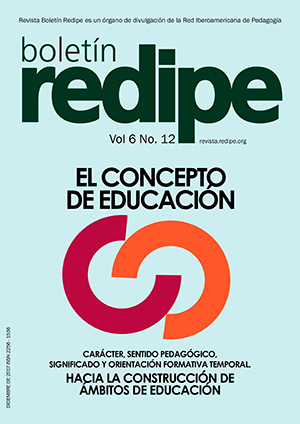La relación del crecimiento económico con las exportaciones para el ecuador mediante la teoría de Kaldor y la ley de Thriwal en el período 1980-2013
##plugins.themes.bootstrap3.article.main##
Keywords
Crecimiento económico, Exportaciones, modelo de vector de corrección del error, modelos de regresión de sección cruzada, modelo de Vectores Auto-regresivos.
Resumen
El trabajo tiene por objeto revisar el crecimiento económico y las exportaciones del Ecuador desde el periodo de 1980-2013, así como los principales estudios empíricos que se han llevado a cabo para contrastar la hipótesis de las exportaciones como motor del crecimiento económico. Debido a la ambigüedad teórica de los argumentos, se hace necesario recurrir a los análisis de las variables a estudiar. Estos se ordenan según la metodología empleada en ellos, que ha sido variada: desde el simple análisis de caso, pasando por los modelos de regresión de sección cruzada, las ecuaciones simultáneas y el empleo de funciones de producción, hasta las técnicas más recientes de integración; modelo de Vectores Auto-regresivos (VAR); modelo de vector de corrección del error (VEC). La principal conclusión es la persistencia de claras discrepancias en muchos de estos estudios, incluso cuando se refieren a parecidos países, en semejantes períodos temporales y habiéndose empleado las mismas técnicas. Este resultado aconseja ser cautelosos a la hora de utilizar la hipótesis del modelo en cuanta recomendación general, para todo tiempo y país, de la política económica y comercial.
Referencias
Parkin, M., & Loría, E. (2010). Macroeconomía Versión para Latinoamérica (Novena ed.). Naucalpan de Juárez, México: Pearson Educación.
Peñaherrera, Á. (2015). “EVOLUCIÒN DEL PRECIO DEL PETRÒLEO DEL ECUADOR EN EL PERIODO 2007 - 2014 Y SU INCIDENCIA”. Guayaquil
Thirlwall, A., & McCombie, P. (2004). The Balance of Payments Constraint as an Explanation of International Growth Rate Differences. Oxford: Oxford Economic.


